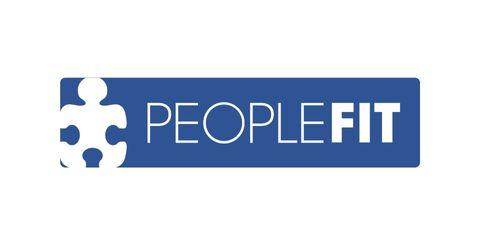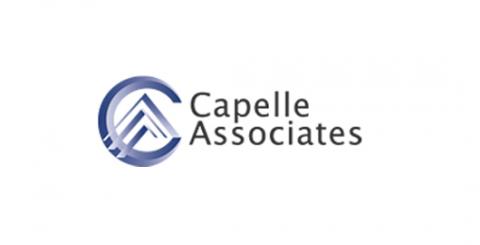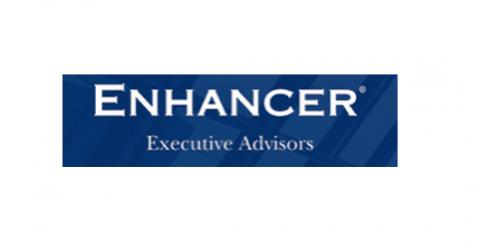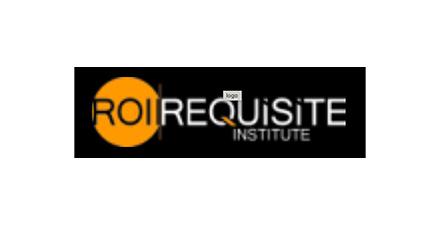Redesigning a Major Bank’s Information Technology Function
Note: This information was produced using AI analysis of the video presentation transcript and has not yet been reviewed and approved by the client or the consultant.
The Issue:
- Large Canadian financial institution (approximately 44,000 employees)
- The Bank’s NIX ratio (net income to expense) was several percentage points about the other majors.
- A critical component of expense was information technology, again several hundred million dollars more than the other majors.
- Part of the problem lay in the fact that IT was decentralized, i.e. each line of business such as Retail, Card Products, World Markets, Back Office Operations, etc., had their own technology unit with a CIO managing both applications as well as most of their own infrastructure. These roles reported directly to their respective business heads.
- Centralized infrastructure was small in comparison to most corporations, banks or otherwise, mainly handling telecommunications, email (although there were more than two systems in the bank), and some centralized legacy mainframe systems.
- Overall, this structure was creating duplication, inefficiency and incompatibility.
- The above set of situations was becoming increasingly costly and was preventing needed bank-wide integration, for example in CRM. Bank customers who dealt with more than one part of the bank were forced into multiple interactions with the company and the bank was becoming less and less competitive since financial institution’s essentially “sell” their technology as part of the offer or value proposition.
- In 2002, a strategic decision was made to consolidate information technology, both within Canada and worldwide, and a new CIO role reporting to the CEO was created to achieve the integration with goals to
- lower IT cost in support of reducing the bank’s NIX ration
- increase technology efficiency and effectiveness, including consideration of increased, even major, outsourcing
- better serve both the business lines and the bank overall in providing existing customers with more leading edge solutions which would also attract new business for CIBC
- enhance the infrastructure organization as part of cost management but also to capture opportunities for greater integration and consolidation of platforms through application of better architecture and newer, more advanced systems
- This represented a major change initiative in the bank
- for the information technology organization itself to move from a decentralized system to a “one organization” model and to see work moved out of the bank to outside suppliers
- for the lines of business and their employees who would be dealing with IT in a totally different manner as accountability for providing needed applications and infrastructure would be placed under the single bank CIO
- for both, a major shift to needing to work more in “partnership”—within IT between Applications, between Applications and Infrastructure, and between IT and the business.
The Intervention:
Coreinternational, with Paul Tremlett as project lead, undertook a multi-phase, multi-year initiative working with the CIO, the EVP Applications, and the EVP Infrastructure as the principal, accountable, executives. Human Resources and Communications, at several levels, became COREinternational’s internal partners.
Phase One included a review of the current organization structure in light of the desired end state and business goals to develop strategic approaches to consolidating it and managing the inherent change for employees that would be involved. The phased approach described below was decided upon and timeline for full achievement of the CIO’s commitments was set at 4 to 5 years. It should be noted that these phases were both discreet at some level but operating to some degree in parallel.
Phase Two involved the integration of the various “mini-CIO” organizations across the bank into one Applications function in IT under the CIO. Where appropriate and easy, Infrastructure began the process of outsourcing work and/or bringing some pieces into the central fold, e.g all email systems. Included in this phase were significant change management activities primarily within IT Applications to “bring people along” and most definitely with the business so as to minimize any disruption to their customer facing outputs.
Phase Three saw a gradual extraction of infrastructure work and accountability out of the various Application organizations with decisions coincidentally made to either insource or outsource it. This began to create the need, simultaneously, to build the appropriate internal Technology Infrastructure organization design, managing the shift of roles, people, etc from several organizations to the centralized group. A key change management implication in this work involved the necessary downsizing that occurred as a result of the integration and the outsourcing.
Phase Four saw the full implementation of the structure focusing upon cascading of role clarity at each management level within both the Applications and Infrastructure organizations. COREinternational developed the implementation plan and process and facilitated the cascade of accountabilities from the EVP level, across all functions, down to the front line manager level, including cross-boundary work and authorites. The process of undertaking the cascades in each subunit of Applications and Infrastructure allowed for sound change technology to be applied enabling solidification of the centralized IT function in the bank. A constant in this phase was considerable management of the various business lines to ensure understanding and satisfaction. It also involved managing change regarding where certain roles were placed, i.e. some roles moved out of the business into IT and also the reverse in some instances. Some were eliminated and some were outsourced.
Phase Five might be called the “partnership building” phase. Much work needed to be done to ensure that intra both Applications and Infrastructure there was effective cross-boundary collaboration and teamwork with a view to efficiencies and consolidations to eliminate duplication, all of which required multiple change related interventions. Also, with the creation of Applications and Infrastructure there was a need to ensure “one face” to the business. This too required multiple interventions, including one large group session involving all staff from both functions to set the tone and expectations and to harness staff creativity and energy toward worthwhile connecting and business interfacing activities. And, again, as this work moved along, interfacing with the business lines was impacted which had to be managed simultaneously.
Results:
- The change was achieved within the planned time line (4 years).
- The major goal of cost reduction was achieved, approaching $500 million contributing to the desired lowering of the bank’s NIX ratio.
- A complex and high profile outsourcing was achieved.
- Significant consolidation of platforms and systems occurred, reducing the inherent inefficiencies and duplicative work by several fold and increasing staff productivity.
- The IT function was reduced in size by approximately 15%. Allowed the bank to get rid of one entire layer of very senior management
- Customer satisfaction has improved because the bank is now able to provide more seamless, integrated support to customers
- Enabled the establishment of a more “world class” Infrastructure organization able to adopt leading technologies more rapidly. Integrated architecture across the business enabled the ability to plan better for the future in terms of developing better technology solutions.
- Most areas brought in Business Management and Project Management functions fairly high within their structures to fill gaps in needed capability.
- Created an organization with increased clarity in role accountabilities, decision authorities, and working relationship requirements vertically and laterally.
- Overall, considering the size of the bank and the IT function itself, the phased approach to organization change (within the rubric of human system change) enabled a relatively smooth transformation both for IT personnel as well as the business in moving from one model to a fundamentally different one. There were minimal interruptions to business results and to customers.
Project Information:
| Industrial sector | Types of organization | Governance | RO Stratum of the organization | Number of Employees | Labour relations | Region | Country |
|---|---|---|---|---|---|---|---|
|
Financial Services - including banking, insurance, hedgefunds
|
The IT function in banking
|
Private
|
6
|
44000 |
North America
|
Canada
|
| Types of interventions | Specific functions targeted if any | Strata in which RO interventions were used | Approximate Years of project interventions |
|---|---|---|---|
|
Information technology
|











